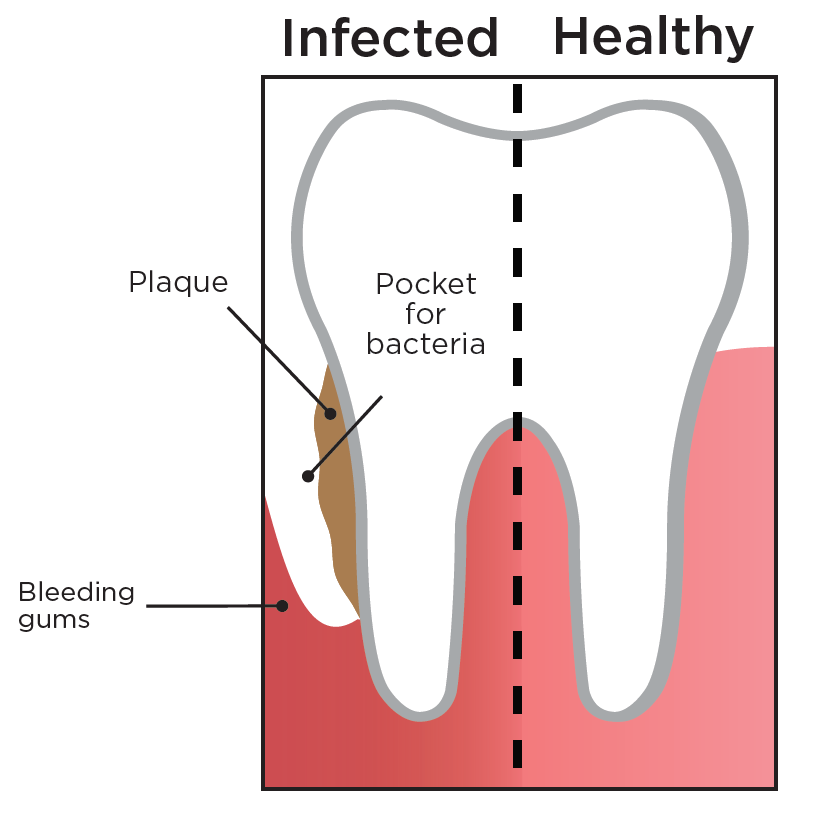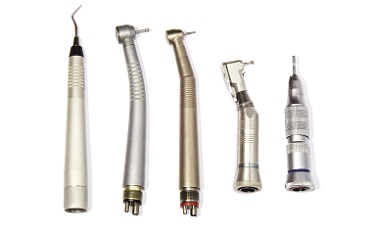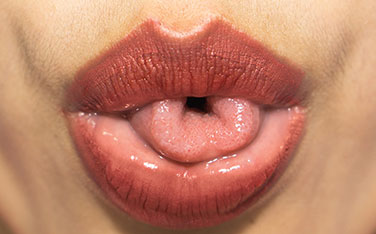“What is my dentist checking when she puts a dental instrument under and around my gums?”
Readers ask, we answer: What are periodontal pockets?
Madison asks:
Hi, Madison. Your dentist is checking the health of your gums.
Around each tooth, there is a space, or “pocket,” where it connects to the gums. The deeper these pockets, the greater your likelihood of gum disease.
Deep pockets show that your gums have pulled away from your teeth. These pockets are the perfect place for bacteria to grow. Eventually, gum disease can weaken your gums and jawbone to the point that your teeth may loosen and fall out.
Your dentist uses a thin metal instrument, called a periodontal probe, to measure each periodontal pocket. You may hear your dentist calling out numbers to the dental hygienist. Each number refers to the depth of the pocket in millimeters.
A healthy pocket is usually 1–3 mm. A pocket of 4 mm or more usually suggests gum disease. Your dentist can determine whether treatments like scaling and root planing are needed to improve your gum health.
Have a question you’d like us to answer? Send it to grin@deltadental.com, and it could be featured in an upcoming issue.
Teeth 101
Can you tell the difference between a cuspid and a canine?
The dental instruments of history
Good thing these instruments have been long forgotten.
Can you curl your tongue?
Not everyone can do this popular party trick. Here's what it takes.









